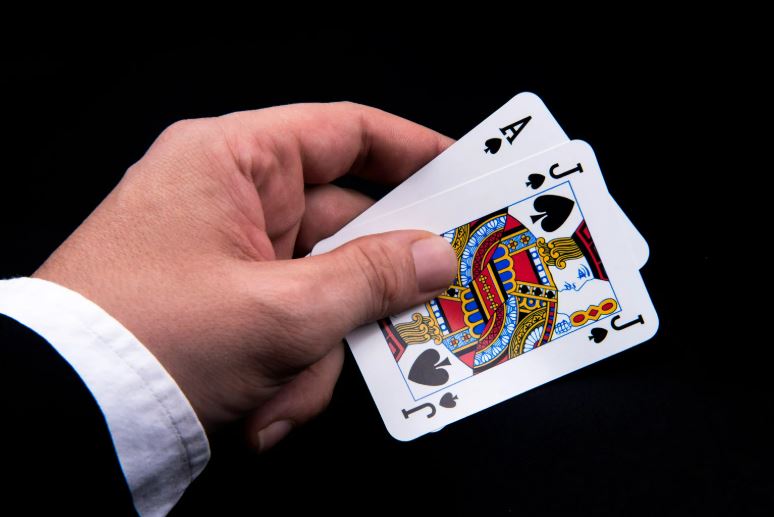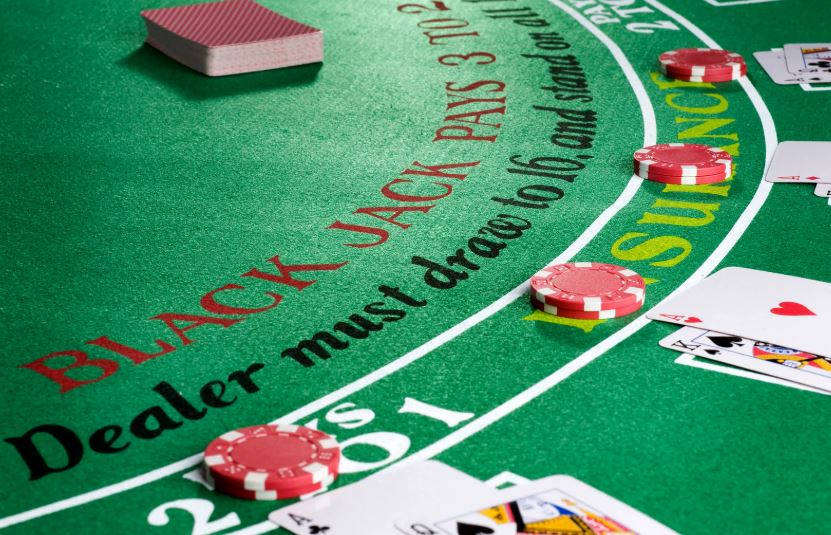Are Blackjack and 21 the Same? Differences & Rules Explained
Many people have come across card games called “blackjack” and “21” but might not know if they’re really the same thing. The names are often used together, but some players wonder if there are specific rules that set them apart, or if they’re just two ways of saying the same game.
If you’re new to online or in-person casinos, the details can sometimes get confusing. Whether you want to learn about the cards for interest or simply understand what to expect if you ever decide to play, it might help to be clear on what each game involves.
Read on to see what separates blackjack from 21, why the names are still used side by side, and how rule variations can change the way a round unfolds.
What Is the Difference Between Blackjack and 21?
Blackjack and 21 both centre on reaching a total card value of 21, but they are not always identical. Blackjack is the name most people see at casinos. It is a banked game against the house, where the dealer draws cards and players aim to finish closer to 21 than the dealer without going over.
The term “21” is often used informally for older or simplified versions of the same idea. Some home or non-casino games use different rules. For example, natural 21 with the first two cards might not pay the higher return that classic casino blackjack does, the dealer might draw cards differently, or ties might be settled in another way.
In online settings, blackjack usually follows a standard template, but variants are common. The number of decks, whether the dealer stands or hits on a soft 17, and whether doubling or splitting is allowed can all vary. Optional side bets and adjusted payouts are also possible, so it might be worth checking the rules or paytable before you start.
Spotting these differences early could help you recognise which version you are sitting down to play.
Players should always remember to gamble responsibly and within their means- never wager more than you can afford to lose.
How Do the Rules of Blackjack Work?

In blackjack, you play against the dealer. Each player receives two cards, and the dealer receives two cards, with one face up. Number cards keep their face value, Kings, Queens and Jacks count as 10, and Aces can be worth 1 or 11 to suit the hand. An Ace with a 10-value card on the first two cards is a “blackjack”, which usually pays at a higher rate if the dealer does not also have one.
The aim is to reach a total as close to 21 as possible without exceeding it. Going over 21 is called “busting”, and that hand loses immediately. Players choose whether to take another card or stick with their current total. Many tables also allow additional choices, such as doubling the stake for exactly one extra card, splitting a pair into two hands, or surrendering a weak hand before the dealer completes theirs. Availability and conditions for these options depend on the table rules.
Once all players have acted, the dealer reveals the hidden card and completes the hand using fixed rules. Dealers typically draw to 16 and stand on 17, though some tables require the dealer to draw on a soft 17. These small details affect outcomes and the way players might approach their decisions. Classic tables often pay 3:2 for a blackjack, while some variants use alternative payouts.
Play Slots & Online Casino Games
How Do You Win a Game of 21?
In 21, the goal mirrors the casino format: finish closer to 21 than the dealer without going over. The same card values apply, and the flow of a round often looks similar, with two starting cards for each participant and the option to take more if needed.
The main differences arise from house or home rules. Some versions settle ties differently, change when the dealer draws a second card, or adjust what counts as a premium two-card 21. Others tweak when doubling and splitting are allowed, or how many times a hand can be split. Because “21” is used as a broad label, it could be useful to have a look at the rules for that specific table or game.
If you are trying a digital version, the help page will most likely confirm how the dealer plays, how pushes are handled, and what each winning hand pays.
Key Similarities Between Blackjack and 21
Both games use standard playing cards and share the same central aim: build a total as close as possible to 21 without busting. Number cards take their face value, face cards count as 10, and Aces flex between 1 and 11 to keep a hand alive.
In each case, players typically compete against a dealer rather than other players at the table. Decisions revolve around whether to take another card or stand, with many versions also allowing doubling and splitting under set conditions. If the dealer’s total is higher without busting, or a player’s total exceeds 21, that player loses the round.
Because the fundamentals line up, moving between blackjack and a version labelled 21 may feel familiar. Any differences tend to come from specific table rules rather than a change to the core idea.
Blackjack Variants You May Come Across
Blackjack appears in many versions, especially online. These variants keep the same foundation but change a few rules to create a fresh experience.

European Blackjack deals the dealer’s second card only after players finish acting, which can influence how often the dealer ends with a strong total. Atlantic City Blackjack commonly uses multiple decks and has the dealer stand on soft 17, shaping when players might prefer to double or stand. Vegas-style games are similar but may allow different options after splitting pairs, particularly with Aces.
Switch Blackjack deals two hands and lets players swap the top card between them. That single twist changes how people value the cards they see. Spanish 21 removes the tens from the deck and adds a set of bonus payouts to balance the change, so the flow is familiar but the maths behind decisions feels different.
On many tables you may also find features such as doubling after a split, resplitting pairs, late surrender, or side bets on particular card combinations. Live dealer tables stream a real dealer and shoe, while some digital tables allow multiple hands against the same dealer. Each of these elements can alter payout structures and how often certain outcomes occur, so the paytable and rules page might be a handy reference to check before you begin.
Why Do People Still Call Blackjack ’21’?
Blackjack grew out of older European games with the simple aim of reaching 21. In French circles the game was known as Vingt-et-Un, and for a long time the English-speaking world called it “21”. The name “blackjack” took hold later, helped by early promotions in which a particular two-card 21 paid a special bonus.
Because the target total has never changed, the shorter name stuck. Many people use “21” as a casual label, and some home or digital versions still prefer it if their rules differ slightly from mainstream casino blackjack. In a casino or online lobby you will mostly see “blackjack”, but hearing “21” is a reminder of its roots and a handy shorthand for the same core game.
Whether you see it listed as blackjack or 21, the essentials are consistent: aim for 21 without busting, understand the table rules, and enjoy the pace and clarity that have kept this classic at the top of the card-room schedule for generations. Always remember to gamble responsibly and within your means.
**The information provided in this blog is intended for educational purposes and should not be construed as betting advice or a guarantee of success. Always gamble responsibly.
*All values (Bet Levels, Maximum Wins etc.) mentioned in relation to these games are subject to change at any time. Game features mentioned may not be available in some jurisdictions.





























































